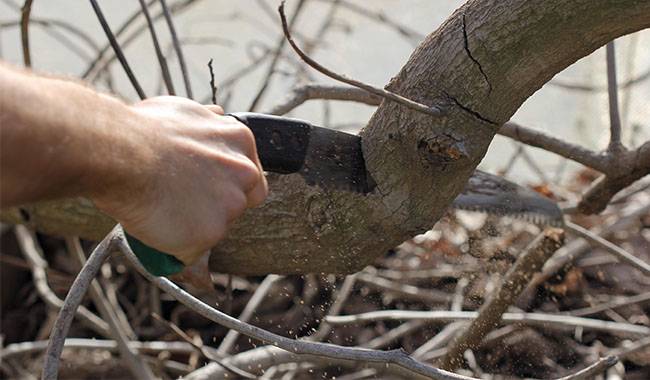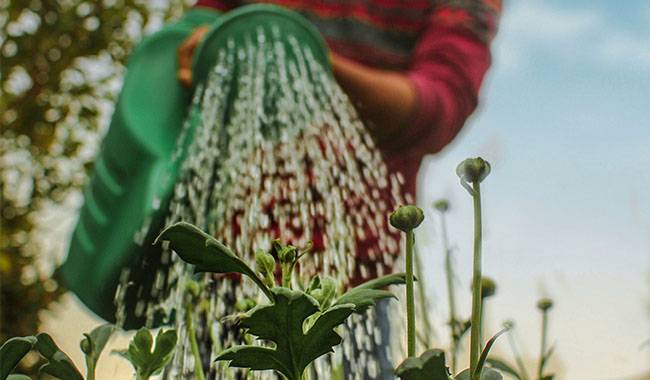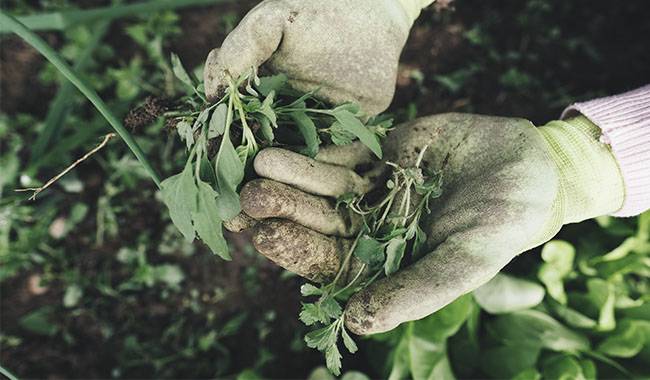
How to take care of plants? As we all know, growing plant and develop properly, it needs a constant supply of energy which is provided by water, light, heat, carbon dioxide, oxygen, and nutrients. In addition, it is very important to obtain nutrients in a timely manner according to the needs of the plant at each stage of development.
Plants need both organic matter and minerals, including trace elements, during the vegetative phase. In fact, each nutrient has its own function and no one else can do it for them.
The best approach is to combine the application of all nutrients in the right way. This information is well known but is so necessary for a proper approach to plant nutrition.
MAJOR MACRONUTRIENTS
Nitrogen
N (nitrogen) is part of proteins (from 15.0-17.5%), without it no organism and no cell of a plant body can exist. Nitrogen is part of nucleic acids (RNA and DNA), which are the carriers of genetic information. In addition, nitrogen is part of chlorophyll, without which photosynthesis would not be possible.
And nitrogen is also part of the enzymes, the biological catalysts under whose influence all plant processes take place. In the case of nitrogen deficiency, the plant is stunted, the leaves become smaller and soon turn yellow, the flowers do not open, wilt, and fall off.
Potassium
K (potassium) is involved in the metabolism of proteins and carbohydrates, enhances the activity of enzymes, regulates the function of the stomatal apparatus, helps plants metabolize carbon dioxide in the air, and promotes the rational use of water, thus improving the plant’s resistance to the adverse effects of drought and heat.
In addition, potassium increases the content of carbohydrates in the cells and increases osmotic pressure, thus improving the plant’s cold tolerance. With potassium deficiency, plants are susceptible to diseases. Enzyme activity is weakened, leading to metabolic disorders. Leaves turn yellow prematurely, starting at the edges, then turn brown and wilt.
Phosphorus
P (phosphorus) is involved in photosynthesis, nuclear formation, and cell division, as well as in the accumulation of carbohydrates, fats, and proteins. In addition, phosphorus promotes cell specialization and genetic transfer. All this is due to one of the most important functions of phosphorus in metabolism, thanks to which energy-rich compounds – adenosine triphosphate (ATP) and adenosine diphosphate (ADP) – are formed.
Moreover, phosphorus affects the formation of plant roots and reproductive organs and increases the plant’s hardiness and drought resistance. With phosphorus deficiency, the leaves turn purple or violet. Yellowish-brown or brown spots appear on the lower leaf edges. Leaves sometimes curl and flowering and fruit ripening are delayed.
MAJOR TRACE ELEMENTS
Iron
Fe (iron) is a catalyst for the redox reactions that accompany chlorophyll synthesis, which carries out the process of photosynthesis. In addition, iron ensures the transport of oxygen through plant tissues, the process of plant respiration. If the plant is deficient in iron, the chlorophyll content decreases.
This leads to chlorosis of the plant: first, the top leaves turn yellow, between the veins, and then completely yellow. Chlorosis then affects the entire plant and leads to death.
Manganese
Mn (manganese) is involved in the synthesis of chlorophyll. Activates the action of many enzymes that are important in redox processes (or are part of them). Increases the water retention capacity of plant tissues. Accelerates the overall development of the plant. Has a fungicidal effect. With its absence, leaf plates turn yellow, but the veins remain green and leaf spots appear, leading to necrosis of plant tissues.
Boron
B (boron) promotes the synthesis of sugars and improves plant tolerance to water deficiency. Promotes plant growth. Improves fruit set. Boron deficiency kills terminal buds (growing points), leaves with empty fungus, ovaries fall off, leaves become ugly, leaf margins and leaf tips die, and leaf veins turn red.
Molybdenum
Mo (molybdenum) plays an important role in nitrogen metabolism and directly affects yield. Due to its deficiency, large amounts of nitrate accumulate in plant tissues, disturbing metabolism. Growth is retarded, chlorophyll synthesis is inhibited, light-colored spots appear on leaves, flower buds may fall off, and fruits and tubers crack.
Zinc
Zn (zinc) regulates cell metabolism, is a member of many enzymes, is involved in chlorophyll formation, promotes protein synthesis, and increases plant growth. It has a fungicidal effect.
Zinc deficiency affects metabolism: increased inorganic phosphate content is manifested by the appearance of chlorotic yellow spots on leaves and strong mottling on older, leafy surfaces. The characteristic sign of zinc deficiency is rosette: young shoots have very short internodes and the leaves at the end of the shoots gather in a rosette.
Copper
Cu (copper) activates the formation of proteins and B vitamins, is a member of enzymes, and participates in redox reactions. It has a bactericidal effect. Copper deficiency affects the lignification of cell walls and reduces respiration and photosynthesis. Copper deficiency can be recognized by the persistent wilting of the upper leaves, even with adequate water supply, until they fall off.
Sulfur
S (sulfur) is involved in the synthesis of vitamins, amino acids, and proteins. If sulfur is deficient, weak growth and premature yellowing of the leaves will occur.
Cobalt
Co (cobalt) affects the accumulation of carbohydrates and fats in plants and is also involved in redox reactions. It has a positive effect on the increase of chlorophyll and vitamin B12 in the leaves. Increases sugar content and reduces acidity in berries.
Magnesium
Mg (magnesium) is a part of chlorophyll, which carries out the process of photosynthesis, which is the basis of plant life. It is involved in the metabolism of proteins and carbohydrates. Magnesium deficiency is manifested by yellowing between the veins of the leaves.
So, the value and importance of each nutrient are obvious. Now, you need to know what kind of fertilizer and when to apply it.
Usually, in spring, an organic fertilizer (humus, peat, compost) or a mineral fertilizer with a high nitrogen content is applied to the soil. This is up to each gardener to decide, based on personal experience and preference. However, it is best to use both organic and mineral fertilizers.
The reason for this is that organic fertilizers enrich the soil mainly with nitrogen. At the same time, plants are deficient in potassium and phosphorus, which has a negative effect on their development at the beginning of the growing season.

EXAMPLES OF MACRO FERTILIZATION IN SPRING
Nitrogen (nitrate, urea, carbamide) – 30.0 g/m2, applied only if no organic fertilizer is applied; phosphorus (superphosphate) – 25.0 g/m2; potassium (or wood ash) – 20.0 g/m2.
The rates of other major macronutrients are also possible. It all depends on the planted crop and the positive personal experience. By the way, many people use compound fertilizers for spring planting. The main thing – to observe the norms and timing of application.
Traditionally, mineral fertilizers are applied when the ground thaws, and in some cases even in March, after the snow melts. This is all very well and certainly helps to provide a certain supply of nutrients to the plants. However, you should know that plants can only absorb 30.0 to 40.0 percent of mineral salts. And high nitrogen levels can also lead to the accumulation of nitrates in the fruit.
It is possible to make spring plant nutrition more efficient, economical, safer (without excessive nitrates), and less time-consuming.
CAUTION: CHLORINE POISONING!
In spring, many garden plants grow light green leaves. Their chlorophyll (green pigment) synthesis is reduced and therefore photosynthesis is not active. This is chlorosis, and one of the causes may be a lack of bioavailable (soluble) iron in the soil.
EXAMPLES OF FERTILIZERS APPLIED DURING FLOWERING
Granular superphosphate with a phosphorus concentration of up to 18.0%; double superphosphate with a concentration of 40.0 to 50.0%; potash with a pure potassium content of 30.0 to 42.0%; potassium chloride (potassium concentration – at least 53.0%); potassium sulfate (potassium concentration – 45.0 to 56.0%).
Other options are also available, depending on the type of plant, as well as the use of compound fertilizers for summer fertilization. The application of this fertilizer should be watered according to the instructions, preferably in the evening.
During flowering and fruit set, plants need trace elements. By the way, they are also known as “vital elements”. It is no wonder because trace elements are biological regulators of metabolism.
They enhance photosynthesis and activate the synthesis of plant hormones, organic acids, proteins, vitamins, and carbohydrates. In addition, trace elements are part of enzymes that eliminate dysfunction, improve flowering and fruit formation, have a positive effect on fruit size, and improve its texture.
And some fertilizers have trace elements that even have a bactericidal effect (copper, manganese, zinc) and help protect plants from diseases. All this shows that micronutrients often become a decisive factor in improving yield and fruit quality.
FEEDING DURING GROWTH AND RIPENING
Often gardeners, especially beginners, ask the question – should plants be fertilized during growth and fruit ripening? Let’s get to the bottom of this question.
In plants that have already reached the fruiting stage, intermediate products of fruit nutrition begin to be synthesized. So, these intermediate products accumulate for some time in “cell banks” or special storage organs.
However, in plants located in harsh, sometimes simply stressful climatic conditions, the accumulation of intermediate substances can take quite a long time and the fruits lack nutrients. So, when there is such a problem, the answer can only be one – it has to be! But every crop has different needs, so when choosing nutrients, it is important to take into account specific recommendations in addition to the general ones.
HERE ARE A FEW EXAMPLES
It is advisable to apply fertilizers containing phosphorus and potassium to apple trees. To do this, dilute 1 tablespoon of potassium monophosphate or other fertilizer per 10 liters of water and water or spray the canopy.
However, strawberries in the garden, according to the recommendations of many experts, should be fertilized exclusively with natural fertilizers during the fruiting period: chicken manure, humus, wood ash, onion hulls, or yeast liquid. By the way, berries fertilized during the ripening period of strawberries are well suited for the application of nutritional fertilizers (50 ml per 10 liters of water, 1 time in 10-15 days, by watering or spraying), which can be completely natural and contain everything the plant needs.
Fertilization of tomatoes during the fruiting period necessarily includes potassium, since this is when the plant’s need for it is greatest. Even if a full fertilizer is used, 20 grams of potassium sulfate must be added to the base solution per 10 liters of water. Wood ash can be used instead of potassium sulfate.
IMPORTANT INFORMATION
How nice it is then, to apply the necessary fertilizer regularly and just wait for the crop to mature. Of course, it is possible to wait. But pests and diseases do not wait. They will appear at the most inopportune moment, i.e. they can no longer be controlled by “chemical” means before the date of crop ripening, because their residues will accumulate in the fruit.
The advantage of diatomaceous earth is its high bioactive (soluble) content, including silica (minimum 7%), potassium (1%) and trace elements in chelated form: iron 0.30g/l, magnesium 0.10g/l, copper 0.70g/l, zinc 0.08g/l, manganese 0.30g/l, molybdenum 0.06g/l, cobalt 0.015g/l, boron 0.09g/l.
Diatomaceous earth not only supplements the supply of trace elements and silicon, which is second only to the main macronutrients for plants but also gently protects plants from diseases and improves their resistance to diseases.







